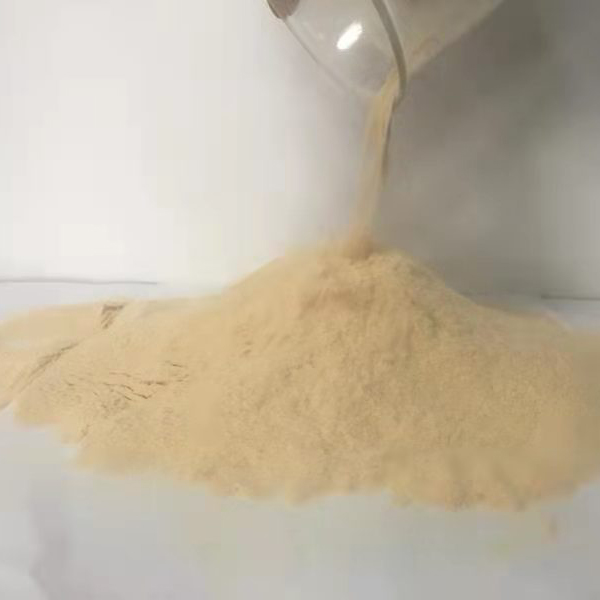
News
نوفمبر . 09, 2024 07:07 Back to list
Liquid Micronutrient Fertilizer Solutions for Enhanced Plant Growth and Nutrient Availability
Understanding Micronutrient Liquid Fertilizers A Pathway to Enhanced Crop Health
In the ever-evolving world of agriculture, the quest for sustainable and effective farming practices continues to gain momentum. One of the key elements in this pursuit is the use of micronutrient fertilizers, particularly in liquid form. These fertilizers, rich in essential trace elements, play a vital role in promoting plant health, improving crop yields, and ensuring that our food systems remain robust and resilient.
What Are Micronutrient Fertilizers?
Micronutrient fertilizers are specialized formulations that provide essential nutrients to plants in smaller quantities compared to macronutrients like nitrogen, phosphorus, and potassium. The micronutrients, including zinc, iron, manganese, copper, boron, and molybdenum, are crucial for various physiological and biochemical processes in plants. They contribute to enzyme activation, photosynthesis, nitrogen fixation, and overall plant growth.
The liquid form of these fertilizers is particularly advantageous. The primary reason for using liquid fertilizers is their higher solubility, allowing for easier absorption by plants. Liquid applications can quickly deliver nutrients to plant roots or leaves, facilitating immediate uptake, especially in nutrient-deficient soils.
The Importance of Micronutrients
While macronutrients are vital for basic plant functions, micronutrients are equally important for optimal growth and development. Even in minute quantities, these elements can have a significant impact on plant health. For example
- Zinc is essential for the synthesis of proteins and promotes healthy root development. - Iron is crucial for chlorophyll production, thus directly influencing photosynthesis. - Manganese plays a role in photosynthesis and respiration, while also acting as an antioxidant.
Deficiencies in any of these micronutrients can lead to stunted growth, poor yield, and increased susceptibility to diseases. Therefore, incorporating micronutrients into fertilization practices is essential for farmers aiming to secure healthy and abundant harvests.
Benefits of Liquid Micronutrient Fertilizers
1. Rapid Nutrient Availability Liquid fertilizers are quickly absorbed by plants. This is particularly beneficial during critical growth phases when nutrient demand is at its peak.
micronutrient fertilizer liquid

2. Reduced Risk of Nutrient Lock-Up In solid fertilizers, certain conditions in the soil can immobilize nutrients, making them unavailable to plants. Liquid formulations can help mitigate this issue as they are in a readily available form.
3. Ease of Application Liquid fertilizers can be applied through various methods such as soil drenching, foliar spraying, and fertigation (injecting fertilizers into irrigation systems). These methods enhance efficiency and can be tailored to specific crop needs.
4. Precision Farming With the advent of technology, farmers can now employ precision agriculture techniques to apply micronutrient fertilizers accurately, ensuring that every plant receives the nutrients it requires.
5. Improved Crop Quality Beyond increasing yields, the right balance of micronutrients can improve crop quality, enhancing flavors, colors, and overall nutritional value. This is particularly important in niche markets that prioritize organic and nutrient-rich produce.
Application Strategies
To maximize the benefits of liquid micronutrient fertilizers, farmers must develop a robust application strategy. Soil testing is critical to determine existing nutrient levels and identify deficiencies. Based on these assessments, farmers can tailor their fertilization programs to apply the right micronutrients at the appropriate growth stages.
Furthermore, timing is essential. The application of micronutrients should coincide with periods of rapid growth or development, such as flowering or fruiting. By synchronizing nutrient delivery with plant demand, farmers can significantly enhance the effectiveness of the fertilizers.
Conclusion
As agriculture confronts challenges such as climate change, soil degradation, and a growing global population, the importance of micronutrient liquid fertilizers cannot be overstated. These fertilizers not only support healthier plants but also contribute to sustainable farming practices that can safeguard food security for future generations.
By embracing the use of micronutrient fertilizers and integrating them into comprehensive nutrient management strategies, farmers can ensure that they are not only meeting the immediate needs of their crops but also fostering a resilient agricultural ecosystem capable of thriving in an uncertain future. Through innovation, knowledge, and practice, the agricultural community can cultivate a sustainable and prosperous path ahead.
-
Polyaspartic Acid Salts in Agricultural Fertilizers: A Sustainable Solution
NewsJul.21,2025
-
OEM Chelating Agent Preservative Supplier & Manufacturer High-Quality Customized Solutions
NewsJul.08,2025
-
OEM Potassium Chelating Agent Manufacturer - Custom Potassium Oxalate & Citrate Solutions
NewsJul.08,2025
-
OEM Pentasodium DTPA Chelating Agent Supplier & Manufacturer High Purity & Cost-Effective Solutions
NewsJul.08,2025
-
High-Efficiency Chelated Trace Elements Fertilizer Bulk Supplier & Manufacturer Quotes
NewsJul.07,2025
-
High Quality K Formation for a Chelating Agent – Reliable Manufacturer & Supplier
NewsJul.07,2025
